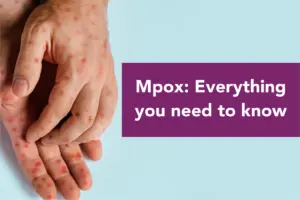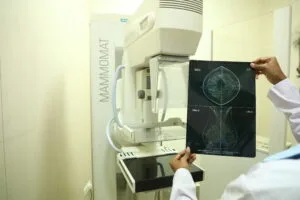Coinfection in Mosquito Borne Diseases

Mosquitoes may be the deadliest killer of man in history, primarily due to their ability to transmit a wide variety of diseases.
While it is not uncommon to find cases of people infected with one mosquito-borne disease, co-infection with 2 or more mosquito-borne diseases is rare.
In order to understand how common such co-infections can be, Suburban Diagnostics’ conducted a retrospective analysis of 3,500+ cases of people who were tested for Chikungunya, Dengue and Malaria over the past 5 years.
We found that overall co-infection rate was 0.25% of the co-infection cases having:
| 66.7% cases with a co-infection of Dengue and Chikungunya | 22.2% cases with a co-infection between Dengue and Malaria | 11.1% cases with a co-infection between Chikungunya and Malaria | |
| 77.8% were male | 22.2% were female | ||
| Ages ranged from 2 yrs – 75 yrs (Median age: 35 yrs) | |||
So, 33.3% of cases were those with co-infection between diseases transmitted by 2 different species of mosquitoes.
Incidentally, all the cases of malaria were of Plasmodium vivax species. The best way to detect co-infections is to perform multiplex testing.
Suburban Diagnostics’ Fever Detect 5 in 1 can detect Dengue, Chikungunya, Malaria, Leptospirosis and Typhoid from a single blood draw using PCR – thereby providing a quick and accurate result.



